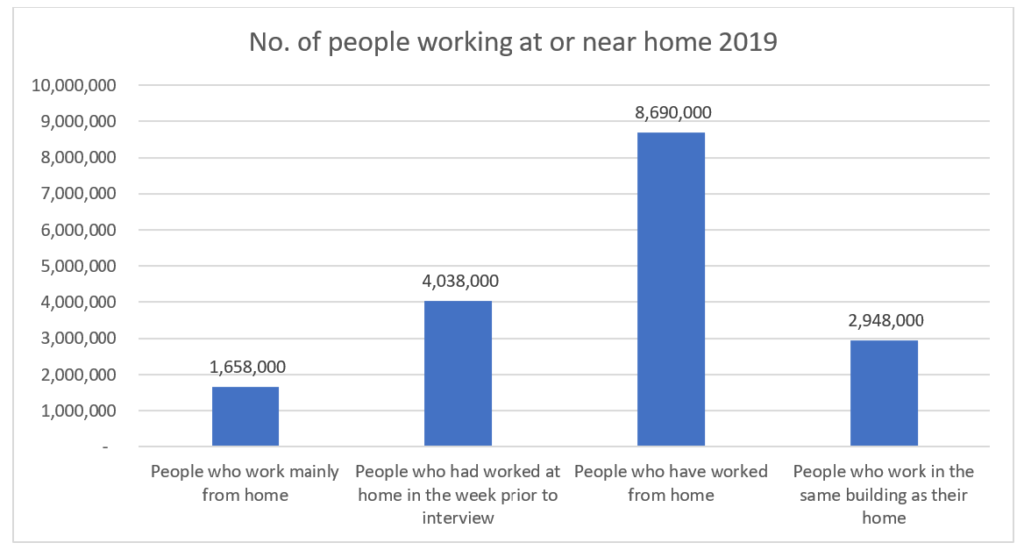Table of Content
His first impulse was to constantly check in on employees, but once he backed off, the productivity went up, and employees started completing projects ahead of schedule. TheNew York Timesinterviewed Nathan Schultz, a senior executive at Chegg, about productivity within the company now that the workforce is sheltered at home. A survey by Stanford found that only 65% of Americans had internet fast enough to handle video calls.
That led employers to report a willingness to continue work-from-home after the pandemic. Some might feel worried that these productivity gains are limited to the context of the pandemic. Most employees prefer hybrid or remote work, but companies are wary of the cost to effectiveness. If you own your business and currently lease an office, you should tally up the expenses you’d save by going fully remote.
Remote workers spend more time working and less time being distracted
This is widely attributed to workers’ enjoying the flexibility and creativity that comes from working from home. This includes things like laptops, printers, fax machines, and more. Plus, 20% of remote employees also report having no access to sensitive company documents.

Statistics Canada is committed to serving its clients in a prompt, reliable and courteous manner. To this end, the Agency has developed standards of service which its employees observe in serving its clients. Footnote 2.Full-time students, full-time members of the Canadian Armed Forces, and records fully imputed are excluded, yielding a sample with 2,758 observations.
The Future of Working From Home
To shed light on these questions, this study uses the supplement to the Labour Force Survey of February 2021. 43% of remote workers agree that the most significant benefit to working from home is schedule flexibility. Their schedule is less stressful and hectic, and they can have a better work-life balance. And of companies that employ remote workers, most are at the smaller end of the spectrum. For example, 22% of these businesses have fewer than ten employees, 17% have 11–25 employees, and 15% have over 1,000 employees. Such time tracking data can help BPO companies identify how and where employees spend each work hour.

In general, yes, workers are more productive when working from home. In fact, workers are 13% more productive when working from home, and overall worker productivity in the U.S. has increased by 5% since the start of the pandemic. 48% of companies worldwide now have distributed workforces, compared to 30% pre-pandemic. Distributed work means there’s no central location to work remotely from; instead, the entire workforce is distributed around the world. This has significant implications for the future of organisations after the pandemic passes.
Companies with fully remote workforces hire 33 percent faster.
Singaporean employees are cautious about returning to the workplace, with most citing the risks of taking public transport, exposure to the virus, and having to wear a mask in the office. In Indonesia, 40% worked entirely from home during the pandemic. Young tech-savvy professionals, in particular, preferred to return to their hometowns and work remotely instead of living in big cities.

Furthermore, almost half of these make less than US$ 25,000 annually. Of the 36% of remote workers of all age groups who worked in a home office, 54% are baby boomers (57 – 75 years old). As much as 80% of Millenials (26 – 41 years old) and Gen Z (21 – 25 years old) worked from the living room, bedroom, or dining room.
Working from home minimizes the amount of social interaction. Another more recentstudystates that the more hours an individual works from home, the less productive they become. In Singapore, four in 10 employees want hybrid working arrangements — the ability to split their working hours between home and the office — and a little more than four in 10 want to continue working from home.
After all, it can be difficult to separate work from the family in your own home. Most of these numbers come from commuting, as 86% of American commuters rely on private transportation, and transportation accounts for 29% of greenhouse gas emissions in the U.S. Experts predict that there will be 36.2 million Americans working remotely by 2025. Create a comfortable workspace.Working in an office caters to keeping you focused and on track. Try to recreate this working space in your home, whether it’s turning an extra room into your office or putting a desk behind the couch.
When working from home, people won’t be driving or even taking public transportation to work. As a result, greenhouse gases produced by your team will be significantly lower, which has a positive effect on the environment. The same report found 25 percent lower turnover for positions that allow for working at home. This is likely tied into the happiness and stress components of the job; if people are grateful for the opportunity to work from home, they’ll be far less likely to quit. OWL Labs found that employees working from home at least once per month are 24 percent more likely to feel happy at work. Happy and satisfied employees are, as you might suspect, more productive .

Most of the people who work at home tend to work alone, meaning they want to capitalize on high productivity. Working alone also saves you from interruptions and distractions from other people, which helps to boost your performance anyway. Of all groups considered, teachers were the most likely to prefer working most or all of their hours outside the home.

No comments:
Post a Comment